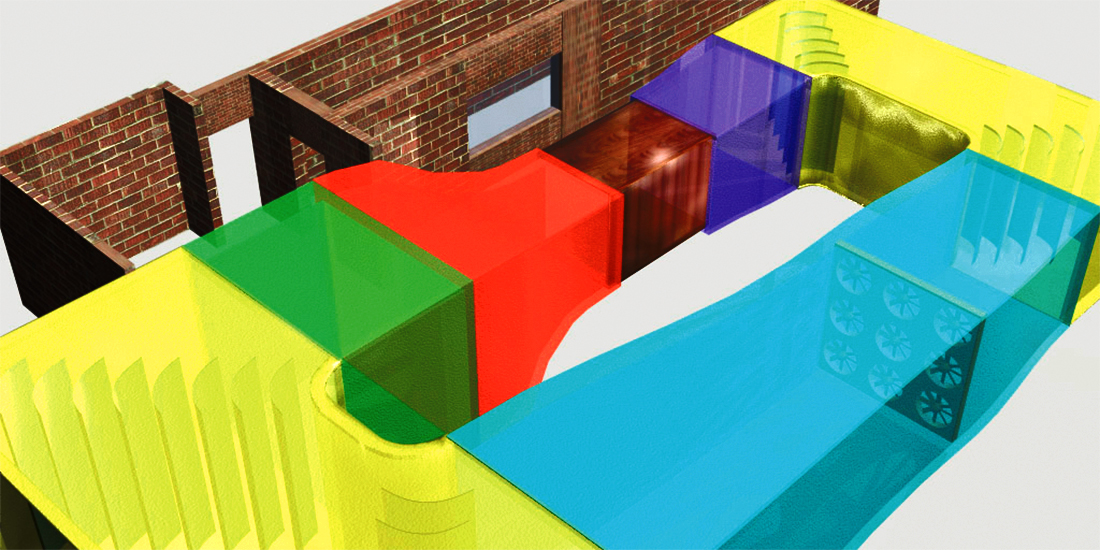BrasilSat: Design of a wind tunnel + testing
ITER, the firm Ingeniería y Proyectos Viento and the Aeronautical and Space Engineering Department of the Polytechnical University of Madrid (UPM), have been awarded a contract with the firm Brasilsat Harald to develop a project to install a wind tunnel in the Brazilian city of Curitiba, as part of a mega-project to provide Internet access across the country.
In November 2014, the ITER wind tunnel was used by Brasilsat to conduct tests on the satellite dishes it manufactures. It led to the firm taking a definitive decision to award the contract to the consortium involving ITER.
This project covers the design of the wind tunnel and the specific instrumentation involved. The role of ITER will be to conduct the structural analysis, to draw up all plans and to develop the software related to data-capture and processing, the tunnel’s operational controls and the six-point test bed. Meanwhile the other two partners in the consortium will be responsible for the aerodynamic design of the tunnel, including its power plant, the design and calibration of the test bed, and calibration of the wind tunnel.
The test chamber has a 2.4 × 2.4m² cross-section and is 5m long, and has a maximum operating speed of 65m/s. The tunnel is intended to have two main applications: to test satellite dishes and non-aerodynamic bodies, and to conduct aeronautical trials. These two activities pose different flow quality needs, regarding turbulence and uniformity. In the case of satellite dishes and other such objects, the average required standard is levels of turbulence and non-uniformity of less than 2% and a maximum speed of 60m/s; aeronautical testing requires high-quality air flow, namely less than 0.5% and a maximum operating speed of 65m/s.
To measure the forces acting upon the bodies to be tested, a six-point test bed will be developed which will work by calculating the breakdown of forces measured through six weighing arms, each equipped with tension-compression load cell sensors. The test bed will also feature mechanisms for varying the test object’s lead and lateral angles of attack.

